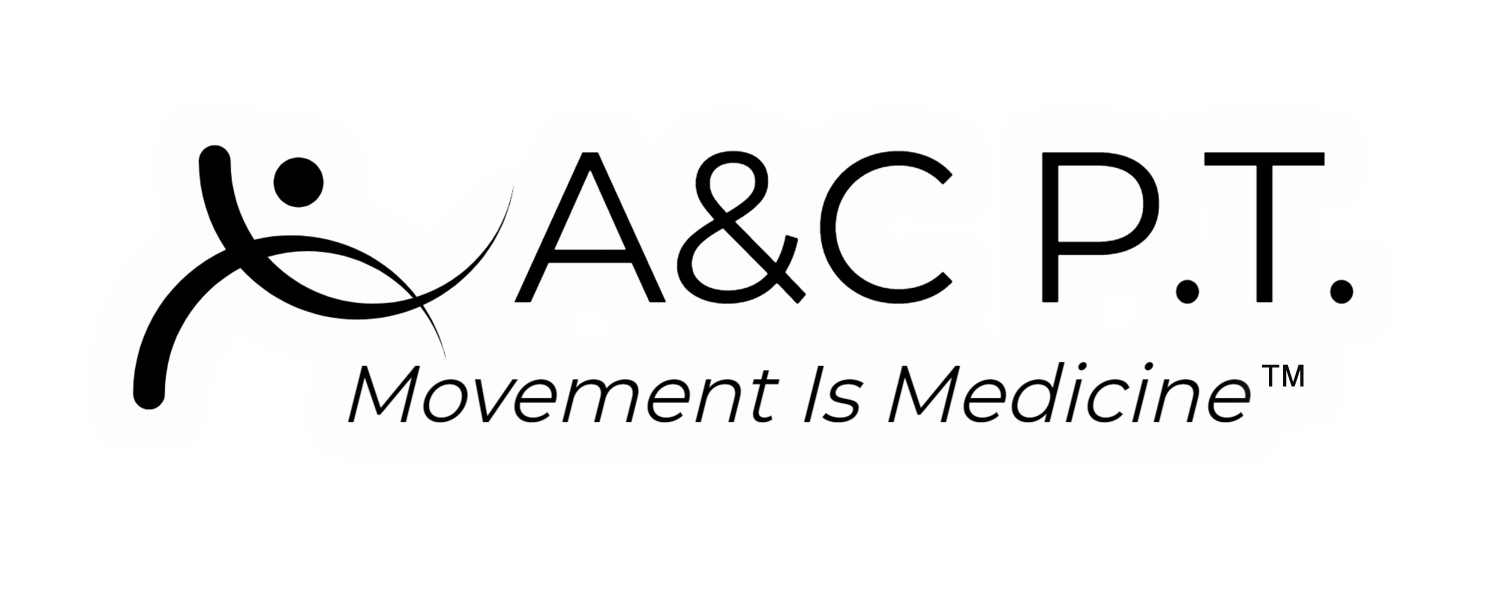What Is My Hip Pain From?
It could be related to the bone, muscle, tendon, ligaments, joint structure, nerve, or bursa. The hip takes on a ton of load during our daily life, but these structures help absorb the shock & make functional activities, like walking, more comfortable for us. The hip is similar to the shoulder in that it's a "ball & socket" cushioned with a labrum that provides the joint with negative pressure to keep it from coming out of the socket with movement.
With the younger population, Legg-Calve-Perthes or Slipped Capital Femoral Epiphysis (SCFE) is more common. SCFE is impairment caused by the femoral head slipping backward on the femoral neck causing pain with activity & standing. This is typically seen in the growing years of 10-17-year-old boys. Surgery is required to help with the realignment of the ball & socket joint but physical therapy can help to safely regain the functional range of motion & strength back into the hip.
60.5% of hip pain can be correlated to femoroacetabular impingement (FAI), a pain caused by abnormal bony growth from either the head of the femur (Type: CAM) or the pelvis acetabulum (Type: Pincer). Symptoms are aggravated by hip flexion movements because of the loss of free space for smooth movement as the two bones glide along one another. Symptoms can include clicking & C-sign pain. C-sign pain is making a C with your hand & wrapping that around your outer hip.
FAI surgery is an option but can be treated conservatively with physical therapy as it has a success rate ranging from 39-82%. Based on research, a few of the components of the conservative treatment provided strengthening, activity modification, movement pattern training & trunk stabilization. With a trained physical therapist, we can offer joint mobilizations to help relieve the joint from pain & a safe progression for glute strengthening. Glute strengthening has been proven to play an essential role in hip stability & alignment, minimizing unwanted force through the hip joint.

